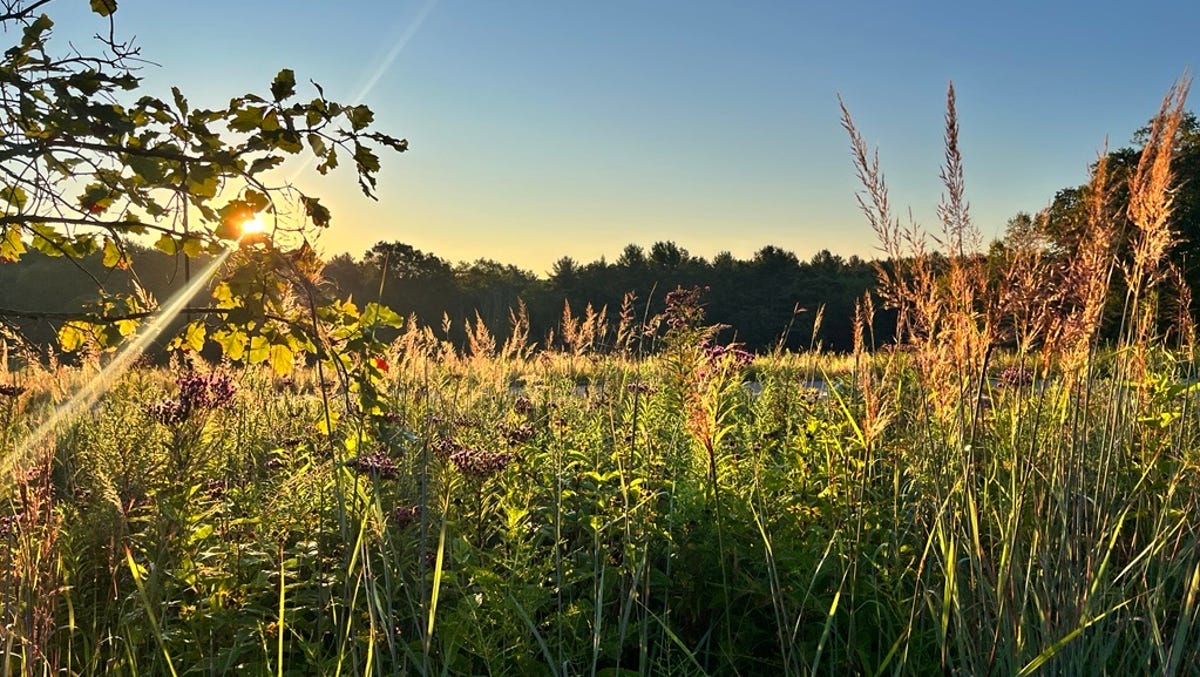Gardening in September and the first half of October is considered by many the sweet spot of the entire year. While itâs certainly not the time to plant warm-weather crops, thereâs a lot that can be done in the garden with huge amounts of success. â
This time of the year, the soil is still warm, and thereâs adequate daylight to germinate some fast-maturing garden crops and also do some editing of your garden.
This year, like the past couple of years, it is dry and thatâs the one challenge facing gardeners. If youâre going to plant something new or move something existing, itâs important that the soil is evenly moist. I recommend watering whatever youâre about to move the day before so that the plant has plenty of moisture in its system. This will help limit the shock to your plants and give them a much better chance of reestablishing themselves in their new home.
If youâre doing some new plantings, be sure the soil that youâre putting the plant into is evenly moist, and then make sure the plants themselves do not dry out over the next several weeks as the new roots become established.
For the most part, pruning is not recommended this time of the year. This is because pruning tends to stimulate new growth, and that new growth will likely not harden off before winter and will get damaged. However, thereâs a caveat here. If you do need to prune because some of your plants have grown so much that theyâre going to get in the way of shoveling or plowing, go ahead and do so. Even if there is some damage to any new growth, itâs likely not going to kill your plant. It just might look a little unsightly next spring for a while.
Perennials can be divided this time of the year. Just dig them up, carefully cut them with a sharp knife or a shovel, and now you have two or more plants to spread around your garden or give away to your favorite neighbor. Hosta are particularly easy to divide in the fall.
For the perennials that are still flowering, such as sedum and black-eyed Susan, wait until the flowers have finished their blooming to move them. I recommend cutting them back to just a few inches so that the energy of the plant goes into establishing new roots.
Thereâs still time to plant a lawn, but remember, in order for the seeds to germinate, the soil must be a little bit moist, not wet. With the lower sun angle, watering once a day in the morning should get the seed to germinate. If youâre in a full sun situation with very dry soil, you might have to water again in the afternoon. The goal is to keep the seed from drying out completely, but not have it so wet that the seed coat doesnât break and the new roots donât come out.
You can also overseed the lawn this time of the year by cutting your lawn short and then spreading seed at the correct rate over your lawn. The seed should work its way into the soil and help the grass germinate, so you donât need to water as you would a brand new lawn.
Finally, we are still eight or so weeks away from planting your favorite spring-blooming bulbs (tulips, daffodils, hyacinths, you name it). You can order them online or get them at your favorite garden center.

Bulbs can be planted until the ground freezes, although I find putting them in during November is best. Mark the areas you want to put bulbs now because after a few hard frosts, the garden can look very different, and you might put the bulbs in the wrong spot.

The heat and humidity of summer are now a thing of the past, and the cold and wet weather is still out on the horizon. Donât put away those garden tools right now because thereâs never been a better time to use them!
Have a gardening question for Dave? Send them to [email protected], and we will include them in an upcoming column.









